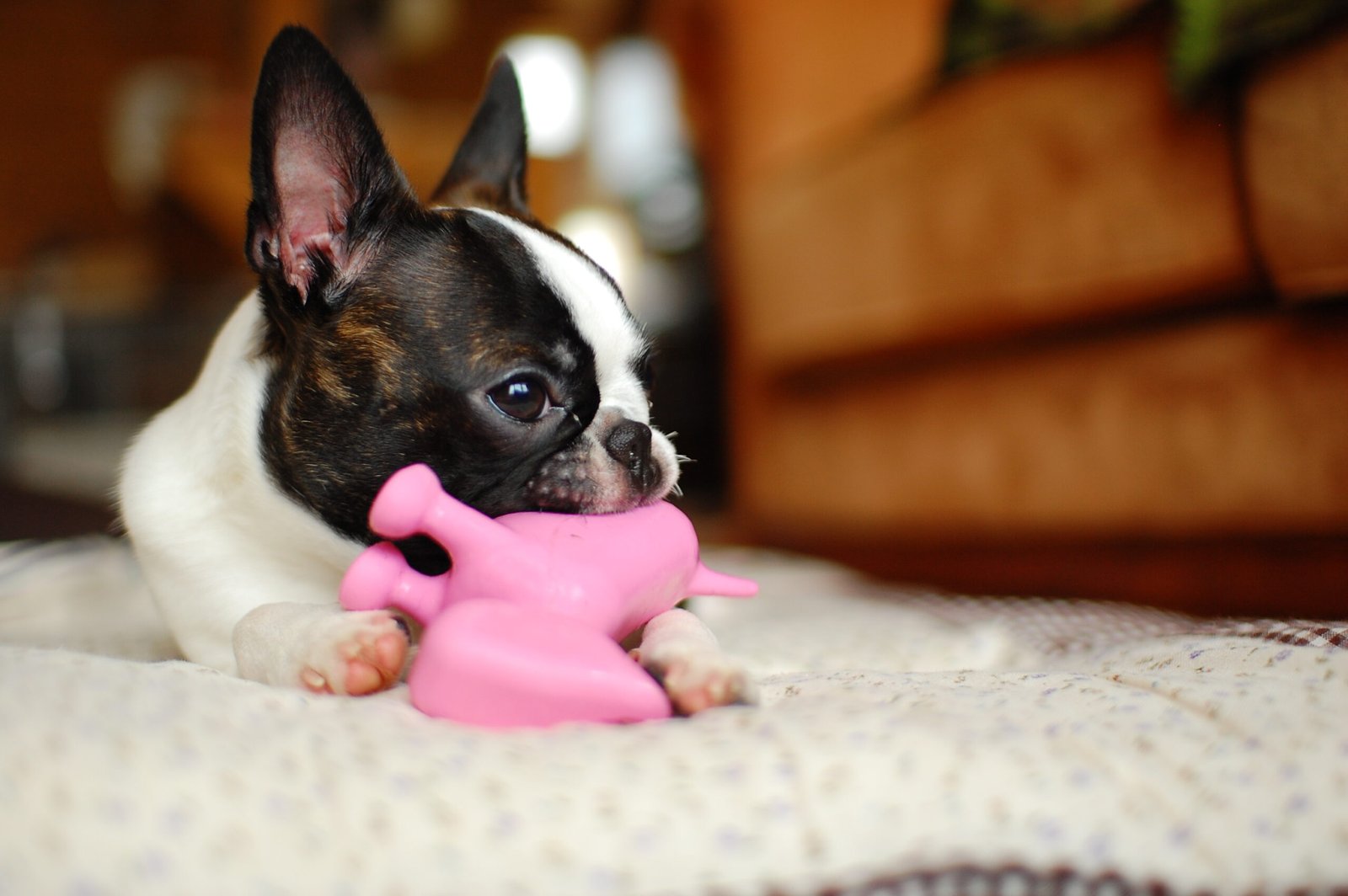Have you ever noticed your dog trembling, hiding, or acting strangely when thunder rumbles or a stranger visits? Dogs, just like humans, have their own ways of seeking comfort in scary situations. Sometimes these behaviors are so subtle that if you blink, you might miss them. But beneath every tucked tail or soft whimper is a world of emotion, and understanding these signs can help you be the source of comfort your dog desperately needs. If you’re a true dog lover, you know there’s nothing more heartbreaking than seeing your furry friend scared or anxious. Let’s explore the incredible ways dogs look for comfort when they’re scared and discover how keeping them mentally stimulated indoors can make all the difference.
Seeking Physical Contact
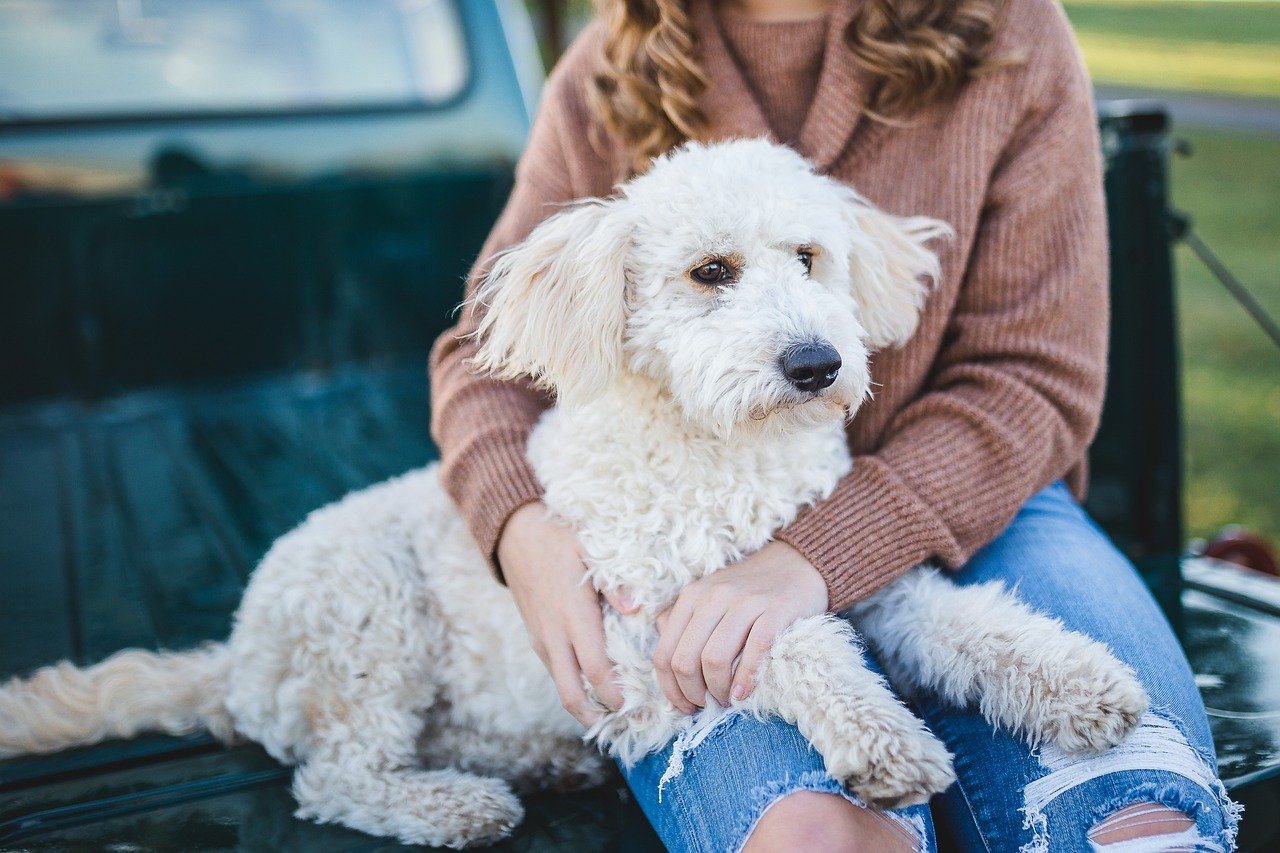
One of the most heartwarming things dogs do when they’re scared is to seek physical closeness with their favorite people. Whether it’s curling up on your lap, pressing their body against you, or simply resting their head on your foot, this behavior is their way of asking for reassurance. When a dog leans into you or follows you from room to room, it’s a clear sign they trust you to protect them from whatever is worrying them.
For many dogs, your touch can be like a warm blanket on a cold night. Petting and gentle strokes can calm their nerves and slow their breathing. This physical connection helps release oxytocin—the same “love hormone” that bonds mothers with their babies—making your dog feel safe and loved even when the world feels scary.
Hiding in Small Spaces
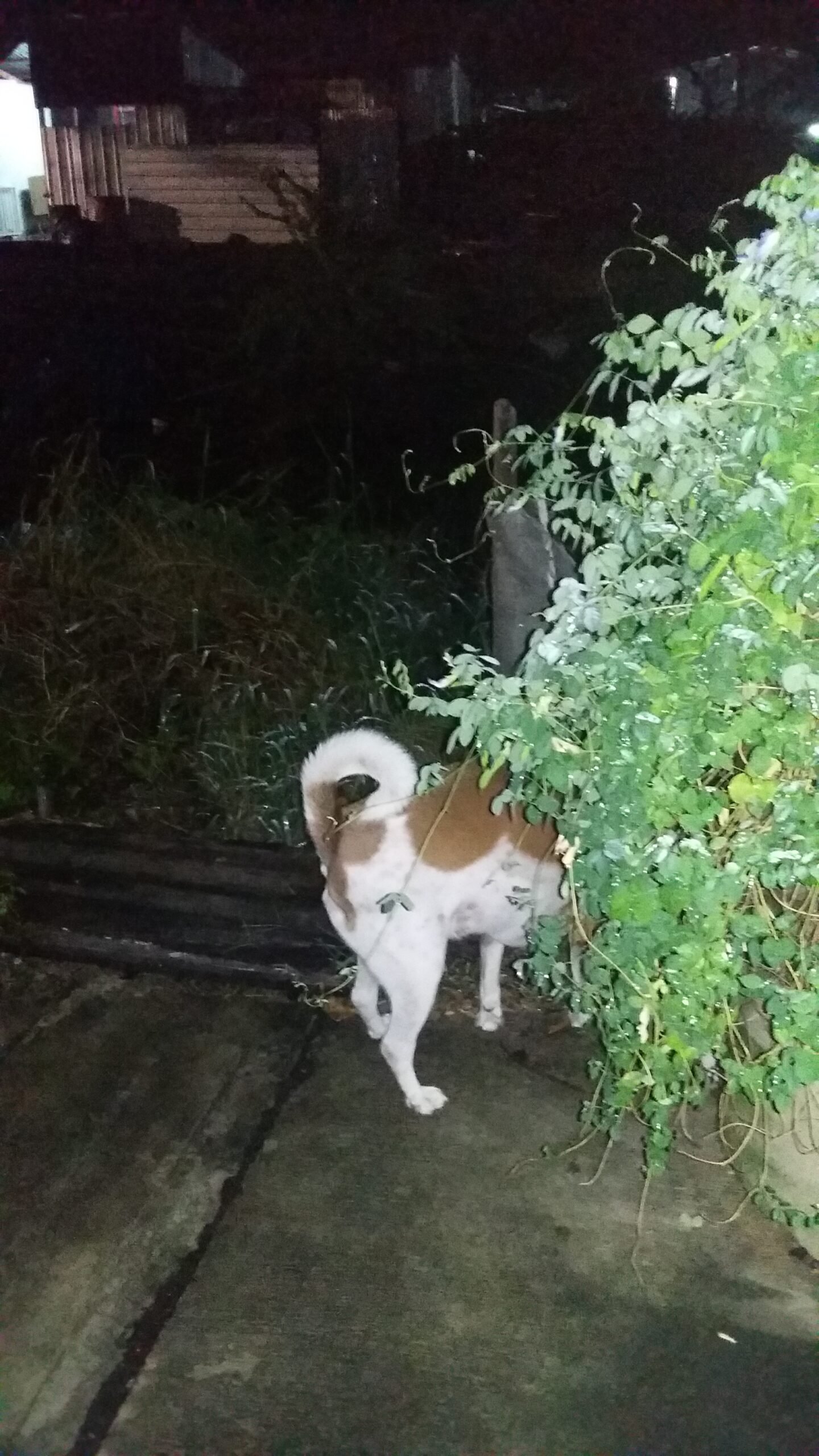
Dogs are natural den animals, so when fear strikes, many will search out small, enclosed spaces to hide. It might be under a bed, behind a couch, or inside their crate. These tight spaces mimic the cozy dens their wild ancestors would have used for safety and security.
If you notice your dog squeezing into unusual spots when they’re anxious, don’t be alarmed. Providing a comfortable, safe space like a covered crate or a designated quiet corner can give your dog the retreat they crave. It’s their way of blocking out overwhelming sights and sounds, allowing them to feel protected until the scary moment passes.
Pacing or Restlessness
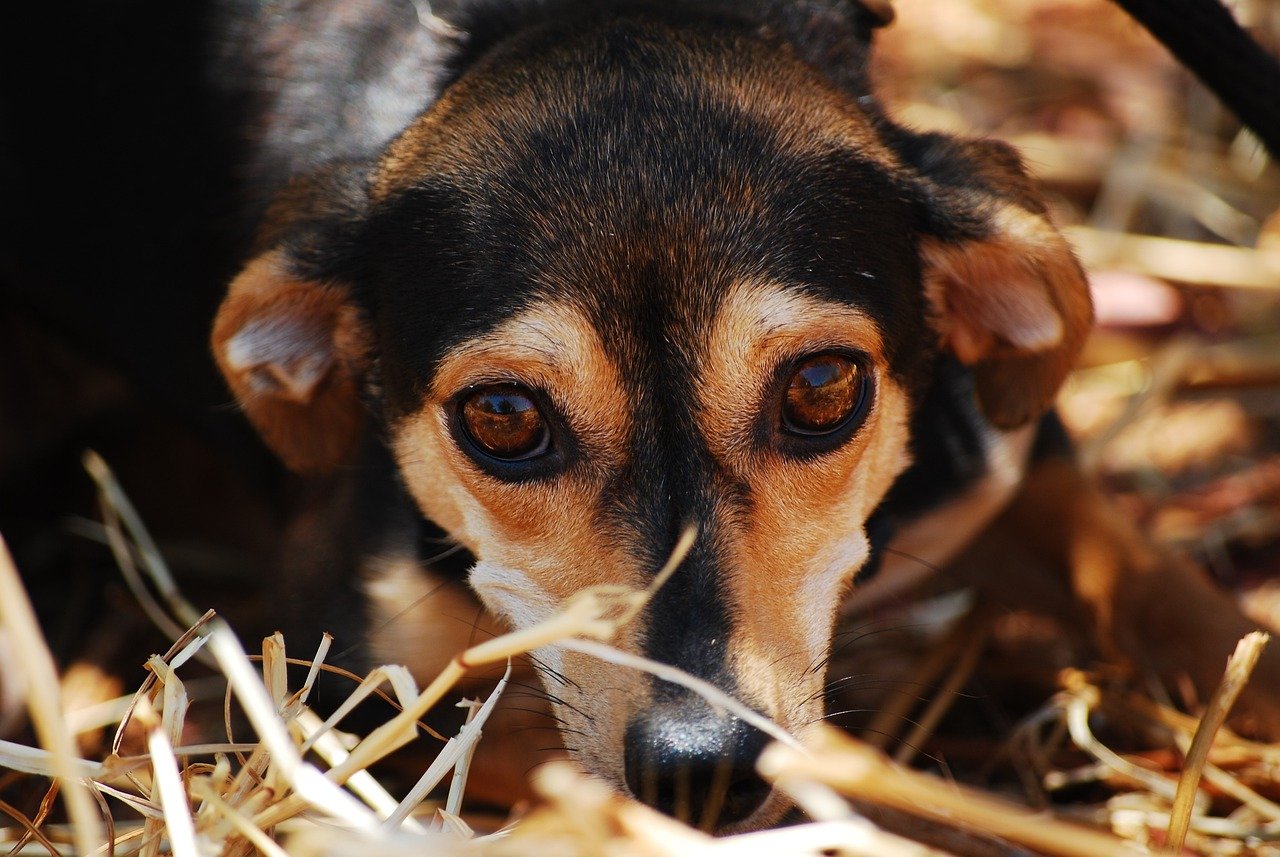
A frightened dog often can’t sit still. You might see them pacing back and forth, circling a room, or repeatedly changing spots. This restless movement is a physical manifestation of their anxiety—a way to burn off nervous energy and distract themselves from the source of their fear.
While it can be tough to watch, pacing is a normal response. Offering a favorite toy or engaging your dog in a simple game can redirect their focus and help release some of that pent-up tension. Sometimes, all your dog needs is a bit of distraction to help them calm down.
Vocalizing: Whining, Barking, or Whimpering
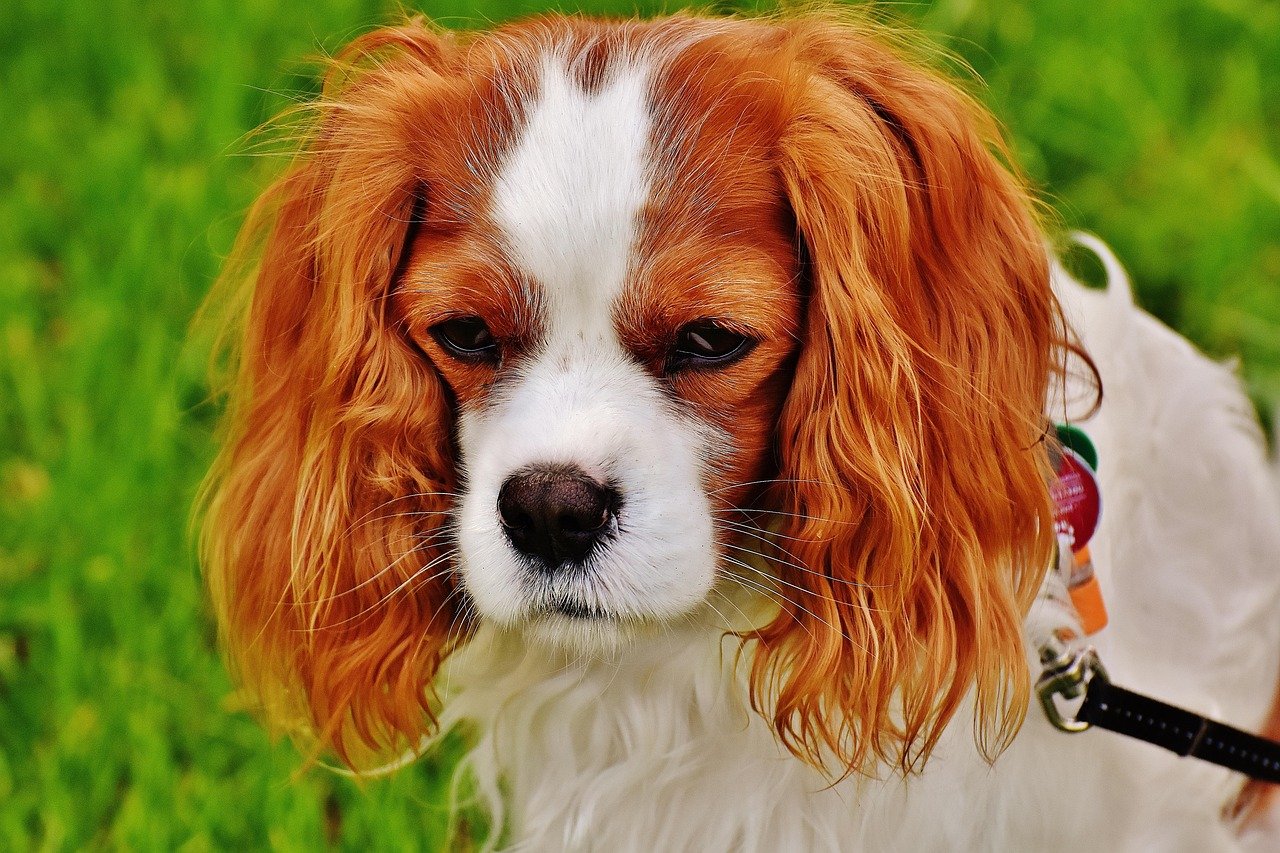
When dogs are scared, they often use their voices to communicate their distress. Whining, barking, or soft whimpers are all common signs of fear. These vocalizations are their way of saying, “I need help,” or “Something isn’t right.”
If your dog starts making unusual noises during a storm or when left alone, pay attention. Responding with calm reassurance and a soothing tone can help them feel heard and supported. Remember, every bark or whine is a plea for comfort, not just background noise.
Clinging to Their Favorite Toy
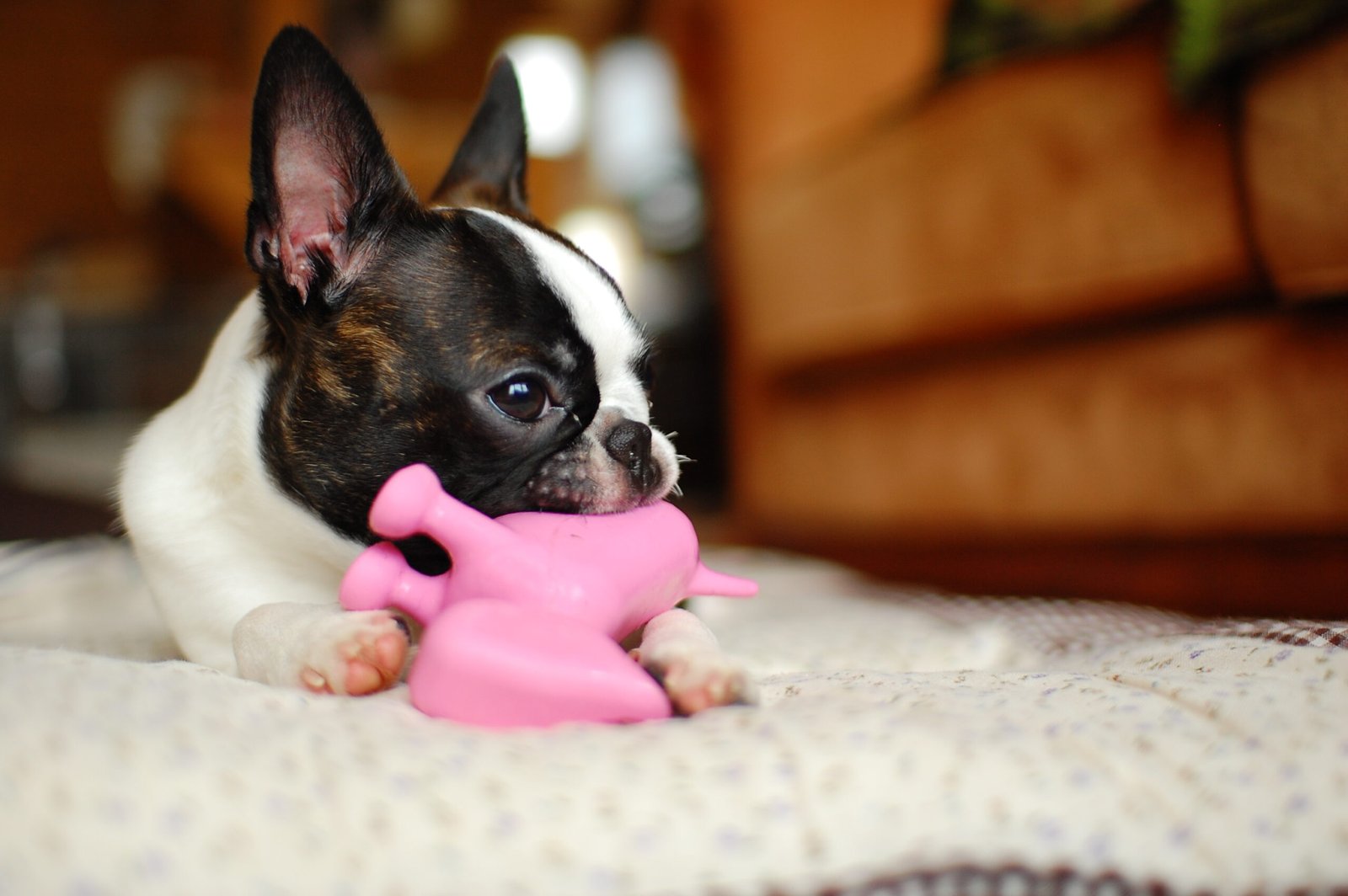
Just like a child with a cherished teddy bear, many dogs latch onto a favorite toy when they’re feeling anxious. This toy provides a sense of familiarity and comfort, helping them cope with the unknown. You may notice your dog carrying their toy from room to room, or keeping it close by during stressful situations.
Encouraging your dog to play with their favorite toy can offer an outlet for nervous energy. It’s a simple, yet powerful way to help them feel more secure and distracted from whatever is scaring them.
Yawning or Licking Their Lips
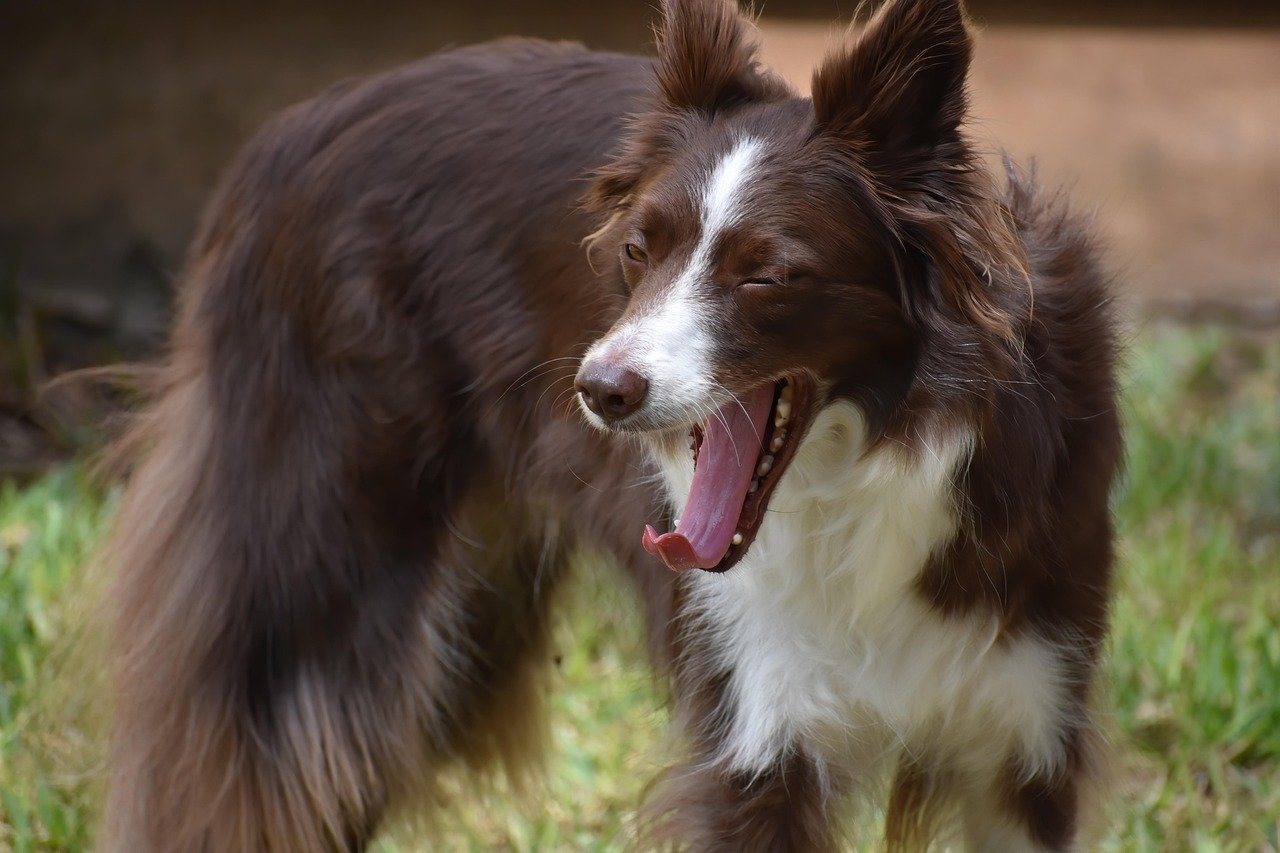
Dogs often display subtle body language when they’re nervous. One of the most overlooked signs is excessive yawning or licking their lips. Unlike humans, dogs don’t always yawn because they’re tired—sometimes, it’s a stress response.
If you catch your dog yawning widely or licking their lips repeatedly during a stressful moment, they’re trying to self-soothe. It’s their way of calming themselves down and signaling to you that they’re not feeling safe. Gentle reassurance and a calm environment can help ease their anxiety.
Following You Everywhere
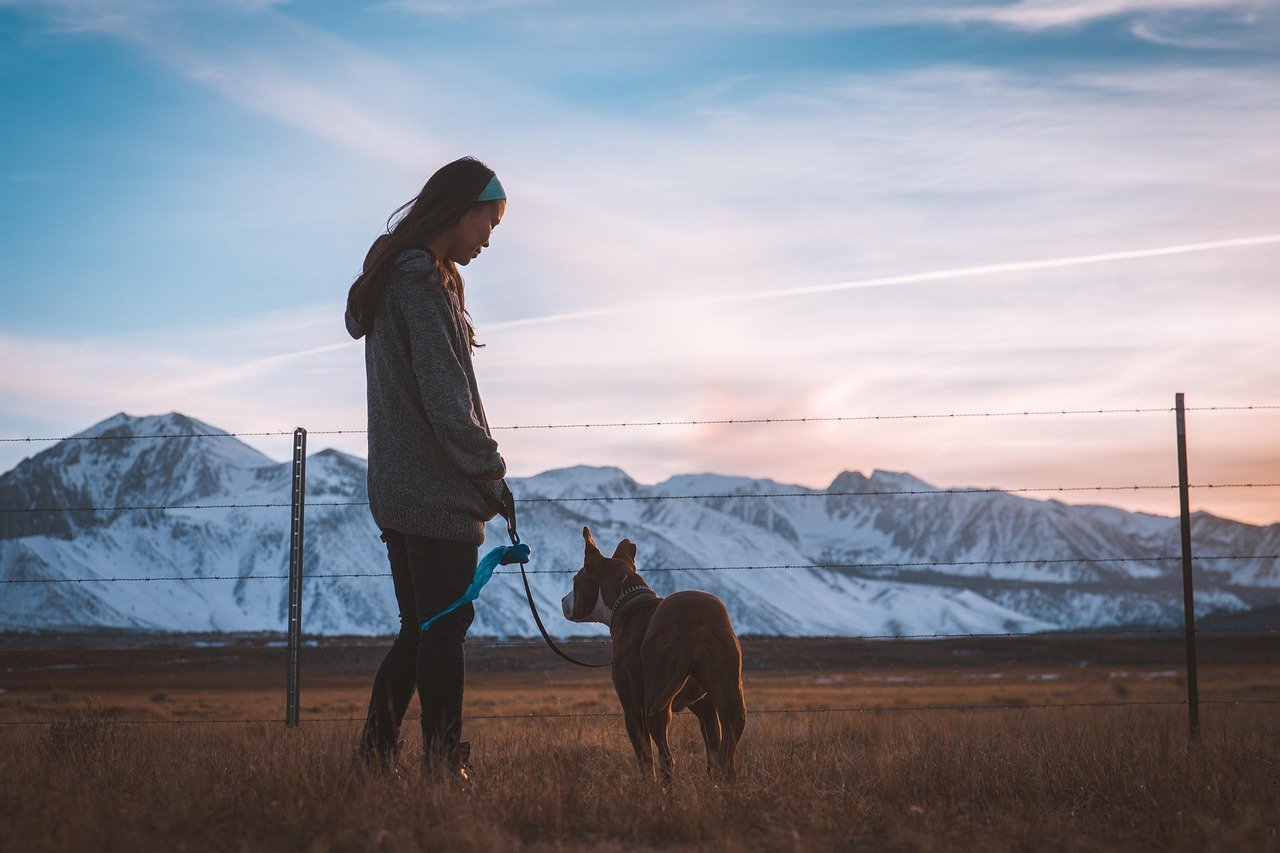
When dogs are scared, they often become little shadows, sticking to your side wherever you go. This constant companionship is their way of seeking comfort and protection. Your presence alone can be enough to make them feel more secure.
While it can sometimes feel overwhelming to have a dog glued to your heels, it’s a sign of deep trust. Allowing your dog to stay close and offering extra affection during scary moments can help them weather their fears with confidence.
Shaking or Trembling
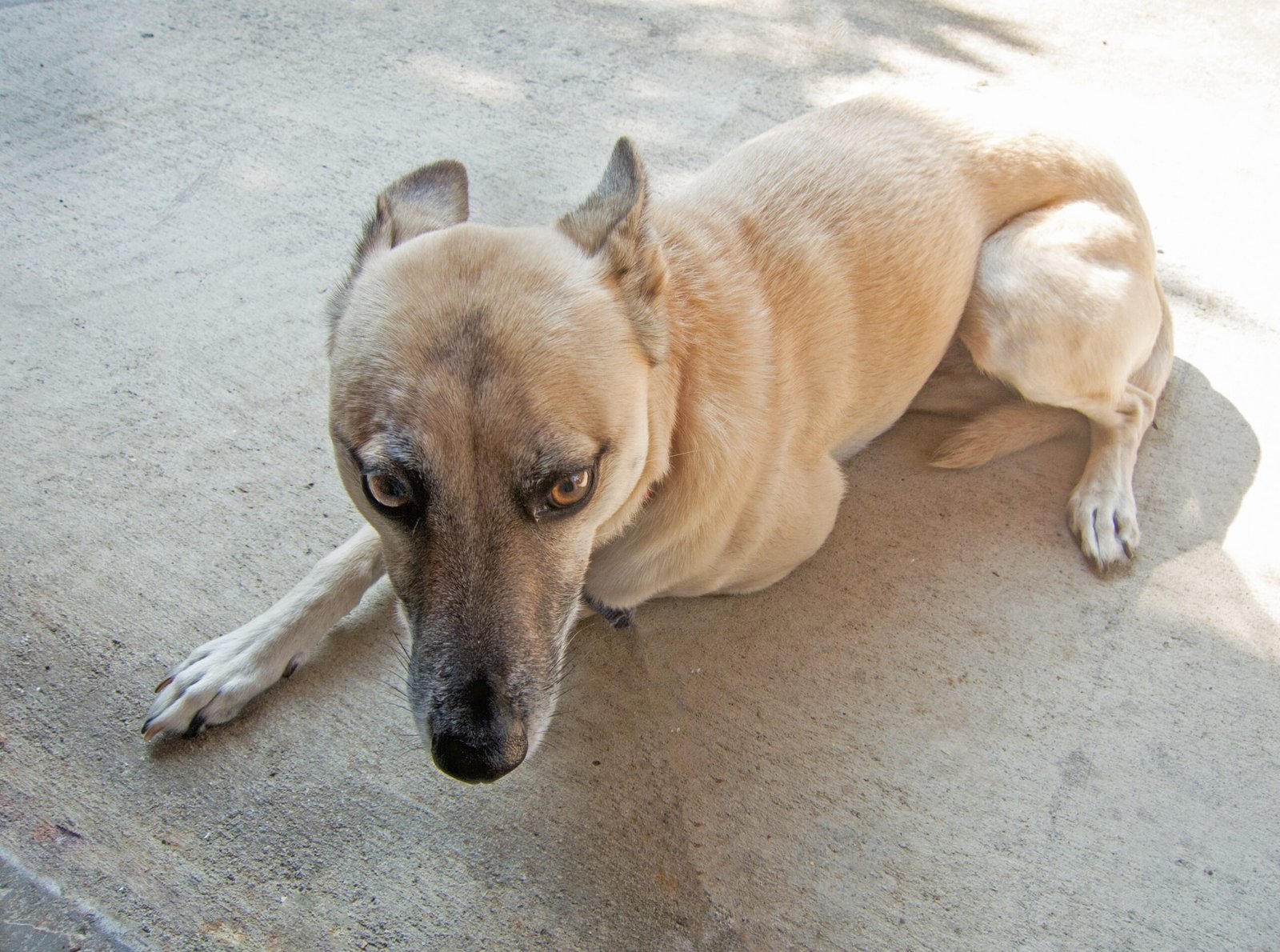
Few sights are more distressing than seeing your dog shake or tremble with fear. This physical response is the body’s way of releasing adrenaline and coping with stress. It’s especially common during thunderstorms, fireworks, or visits to the vet.
If your dog starts trembling, offer a calm voice and gentle touch. Try to remove them from the stressful environment if possible. Remember, your dog isn’t being “dramatic”—they’re genuinely frightened and need your support.
Chewing or Licking Themselves
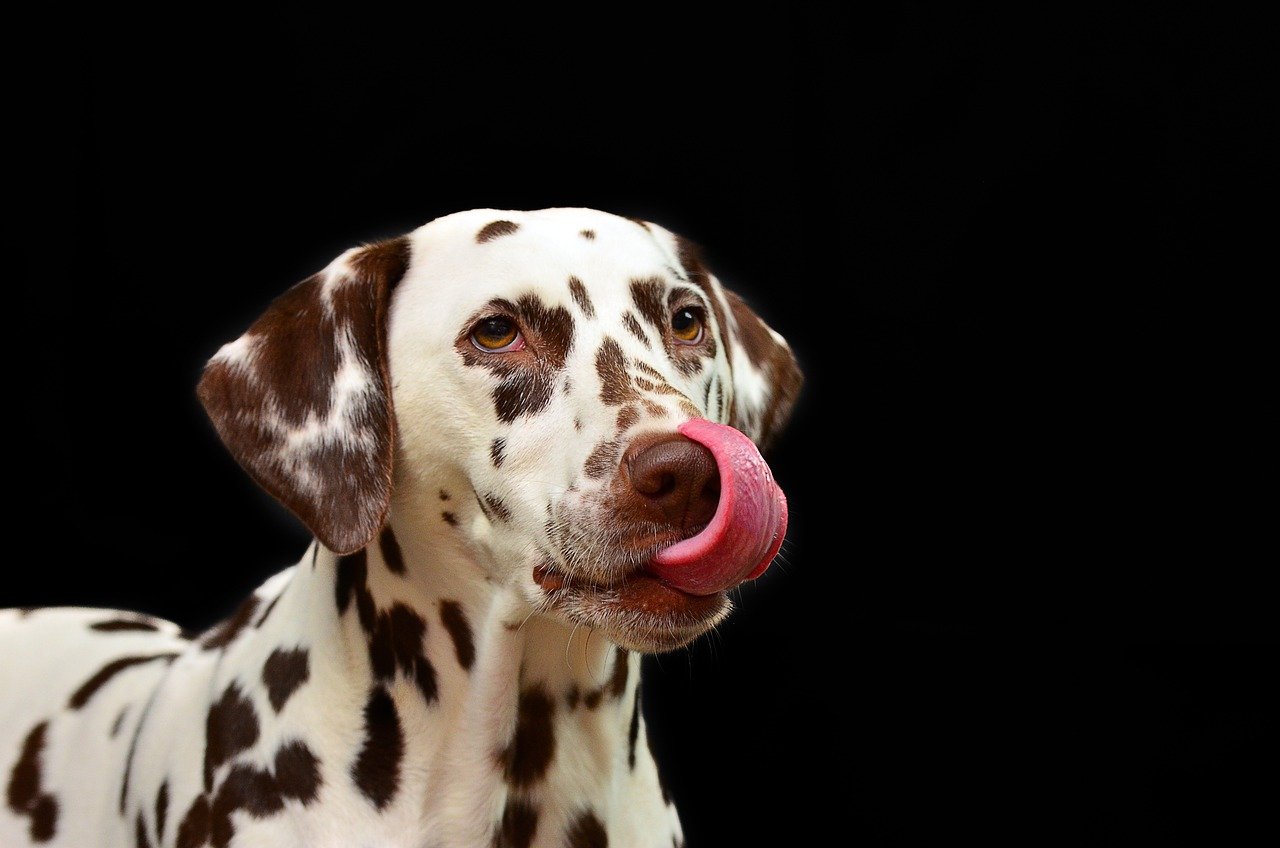
Some dogs cope with stress by turning to repetitive behaviors like chewing on objects or licking their paws. While this can be soothing in small doses, excessive chewing or licking can lead to health problems.
If you notice your dog engaging in these behaviors when scared, it’s important to redirect their focus. Offer safe chew toys or interactive puzzles to keep their mind occupied and ease their anxiety in a healthy way.
Seeking Out Mentally Stimulating Activities
One of the best ways to comfort a scared dog—and prevent future anxiety—is to keep them mentally engaged, especially indoors. Dogs need more than just physical exercise; they crave challenges that make them think and problem-solve.
Try introducing new games like hide-and-seek with treats, puzzle feeders, or basic training exercises. These activities distract your dog from their fears and build their confidence. A mentally stimulated dog is often a calmer, happier dog, even when the world outside seems frightening.
What comforting signals does your dog show when they’re scared?
Jen is a passionate nature lover and ocean conservationist. She has dedicated her life to protecting the environment and preserving the beauty of the natural world. Growing up in a small coastal town, Jen sincerely appreciated the ocean and its inhabitants. She has spent countless hours exploring the shoreline, learning about the creatures that inhabit the waters, and advocating for their protection. Jen is an active member of ocean conservation organizations, and she is committed to educating the public about the importance of conserving wildlife and the natural environment.

